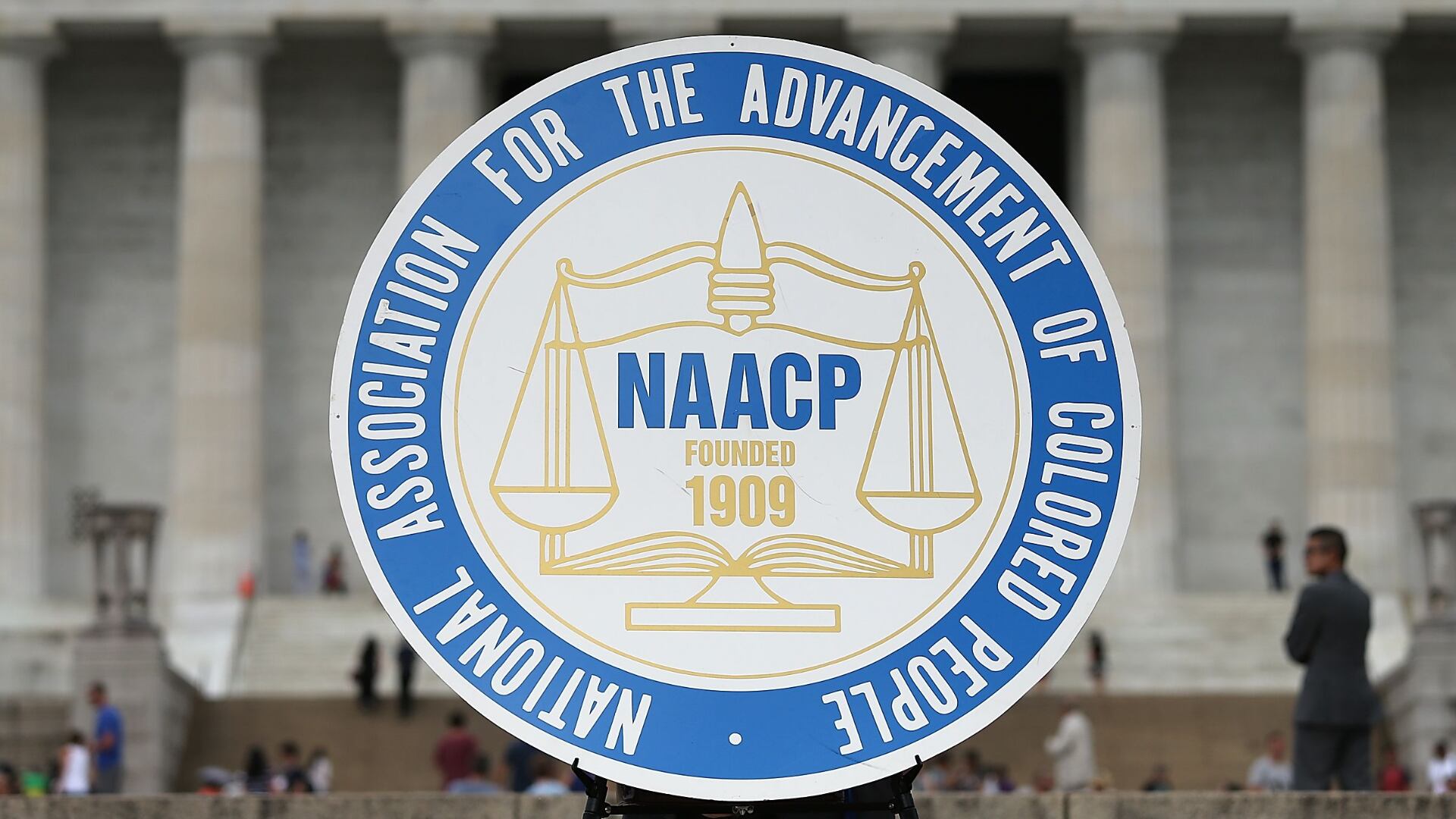The U.S. wind energy sector, which made headlines earlier this year by indicating it would not seek to renew a lucrative tax credit that had helped fuel the sector's breakneck growth, announced a change in course this week.
In an effort to get "tax policy parity" with other renewable resources, the American Wind Energy Association told Cheddar that it will seek the very same tax credit being pursued by the solar energy sector, a longtime ally that in recent years has increasingly become a rival for market share and political influence.
"AWEA is seeking wind both onshore and offshore to be included in Section 48 along with solar and storage to qualify for an ITC," said association spokesman Evan Vaughan, referring to the section of the tax code that contains solar's investment tax credit.
The move marks a tactical shift for the wind energy industry – one where wind will either win a crucial new tax incentive or, at the least, spoil the solar sector's chances of gaining an incentive that would have radically reshaped the renewables market and awarded solar developers a major competitive advantage. It also reflects an apparent emerging impasse between wind – set to become the largest source of clean energy in the U.S. next year – and solar, which has long been the sector's ideological and political partner on everything from tax policy to efforts to address climate change.
Both sectors in 2015 extracted hard-fought, long-term extensions to crucial tax credits that had previously been renewed only every one to two years, and which green-minded lawmakers won in exchange for an agreement to lift the country's 38-year ban on exporting crude oil. Wind developers tended to opt for a production tax credit, which subsidized wind projects as they generated electricity; solar developers, facing higher upfront costs, were made eligible for an investment tax credit that subsidized the construction of new solar farms. Both were set to fade out at the end of 2019.
Wind indicated in May that it would abide by the terms of the deal and not seek to renew the tax credit. Solar, however, in part citing tariffs on solar panels instituted by the Trump administration, later signaled that it would do the opposite – a move that some industry insiders say caught the wind sector by surprise.
"The wind industry was caught on their heels when they found out that the solar industry was going to go out and extend the ITC," said Gage Kellogg, director of the renewable engineering group at Partner Engineering and Science Inc., a consulting firm.
The investment tax credit that the solar sector received in 2015 did contain a crucial difference from wind's production tax credit: While the wind incentive expires entirely at the end of 2019, solar is set to continue receiving a 10 percent credit in perpetuity. Such an incentive wasn't expected to give solar much of a competitive advantage over wind, which has seen its cost drop precipitously even as turbine efficiency has soared. Renewing the tax credit for solar, to again reward the sector with a credit as large as 30 percent, however, would upend the market dynamics.
"Solar, with their ITC, already got a little bit of a better deal than wind, but this would really change the game," said a wind energy insider.
Solar's main trade group, the Solar Energy Industries Association, has said that it doesn't mind if wind joins its effort to advocate for an extension of the sector's investment tax credit.
"We've been in regular contact with AWEA, we're essentially in alignment with them on getting the ITC done and including wind. And we think that it's a positive development," SEIA spokesman Dan Whitten said.
Leaders of both AWEA and SEIA have been at pains to avoid the appearance of a rift. Insiders in recent weeks described ongoing phone conversations between the trade group's two presidents.
However, at a renewables conference in New York on Thursday, when it was pointed out that the solar sector was calling for an extension of its tax credit, AWEA CEO Tom Kiernan replied simply, "I've noticed."
An extension and expansion of the investment tax credit to include both wind and solar – and perhaps other wind priorities such as offshore wind, as one bill being considered by Congress seeks to do – may further hinder the chances of an extension that already faced dim political prospects, experts say.
The investment tax credit covered $2.8 billion in upfront costs for clean energy projects, mostly solar, last year alone, and enlarging the measure to include wind will surely drive up the price tag.
"The solar ask on its own is quite a lot, so adding onshore wind on top of that would be a substantial cost – it makes the entire ask much more expensive," the industry insider told Cheddar. "And if all of this at the end of the day comes down to what's the total cost of whatever tax extenders package they're going to do, the more expensive your ask, the less chance you're going to get it."
For wind, that may be a win-win: The sector will either be included in the renewed tax credit and gain crucial incentives for the sector, perhaps even expensive offshore projects, or kill the measure entirely and keep solar from getting a game-changing incentive.
"Going back and asking for an extension of the full 30 percent," the insider said. "that really puts wind at a major disadvantage."













